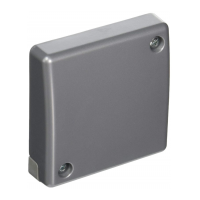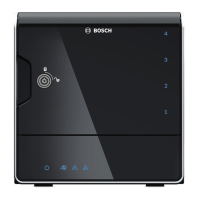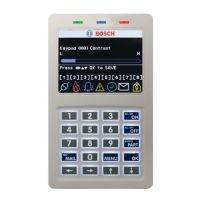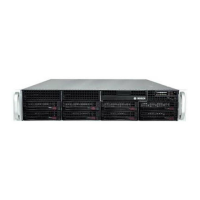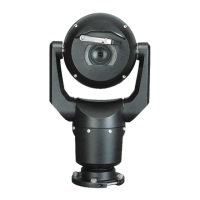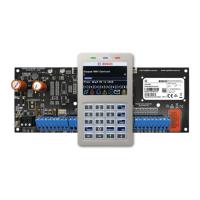Bosch Security Systems Seismic Detectors Application Guide I-200153-1
04.2016
F
igure 6-3: Detector spacing distances
N
ot all of the detection radius options are available via the DIP switches and Senstool
has to be used for the full set of options.
In Figure 6-3 the distances d1 & d2 are introduced. These are the distances from the first corner
(start of the protected wall) [d1] and the distance from the next corner (end of the protected wall)
[d2] for the seismic detectors.
This information will enable the designer of the system to determine the number of detectors for
each wall and the positioning of the detectors along the wall, to ensure adequate protection.
The formula to calculate the distances d1 & d2 = operating radius (r) x 0.8.
For example, in an installation where the operating radius of the detectors is 4m, the d1, sd & d2
distances are calculated as follows:
d1 = operating radius x 0.8
= 4 x 0.8
= 3.2m
sd = operating radius x 2 x 0.75
= 4 x 2 x 0.75
= 6m
d2 = operating radius x 0.8
= 4 x 0.8
= 3.2m
The methodology for determining the required values is as follows;
a) Determine the height of the wall (h), which will assist with the detection radius (r).
b) Determine the length of the wall and then perform the d1 & d2 calculations.
c) Subtract the sum of d1 & d2 from the length (l).
The required number of detectors to protect the wall should serve the distance between the first
and last detectors, these detectors should always overlap to provide 100% coverage.
Example
Room height (h) = 2.5m
Detection radius (r) set at 2.5m, assuming the centre of the wall height is the mounting location for
the seismic detectors.
d1 & d2 = 2m
Sum of d1 & d2 = 4m
sd = 2.5 x 2 x 0.75 =3.75m

